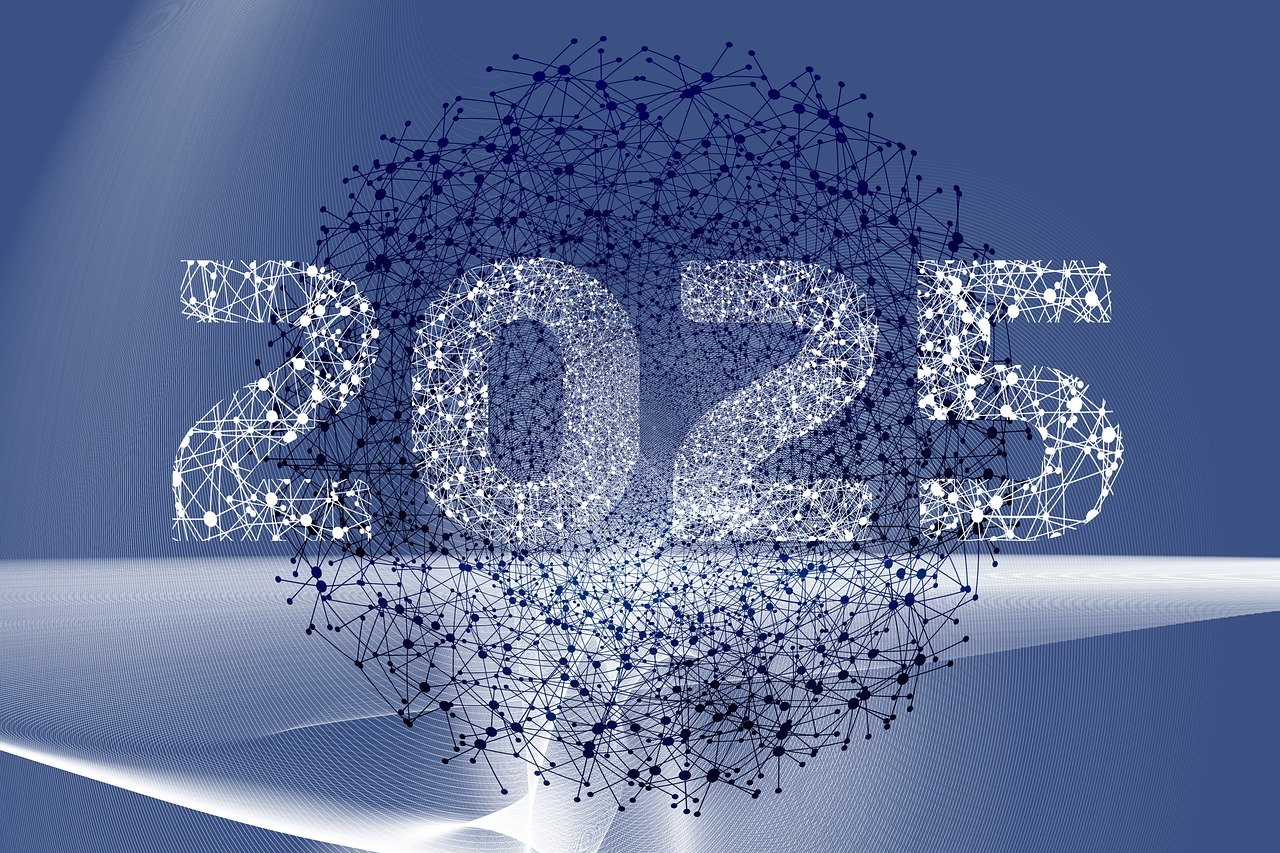
Earlier this month, Experian released its 12th Annual Data Breach Industry Forecast, which outlines several predictions for cybersecurity trends to watch in 2025. The report also reveals a sobering new reality: the very technologies designed to defend against cybercrime are now empowering threat actors in unexpected ways.
From AI-savvy teens now capable of highly sophisticated cyber campaigns to new insider threats now exploiting corporate training programs, the threats are becoming more diverse – and more difficult to anticipate and defend.
The Expanding Threat Landscape
Michael Bruemmer, Vice President of Global Data Breach Resolution at Experian and a key contributor to this year’s report, described key takeaways from this year’s report. “The overall theme for 2025 is AI, which is not surprising itself, but our research led to two sub-trends that we didn’t expect: the rise of minors now causing chaos as they become more experienced with AI and the expectation that AI-powered data centers will become attractive targets for hackers.”
Teen Criminals on the Rise
The Experian report cites an FBI finding that the average age of someone arrested for cybercrime versus is 19 versus 37 for any crime. Many of these teen hackers are being recruited by more sophisticated fraudsters in online gaming, chat, social media, and other digital platforms. Experian predicts that soon, we’ll see an increase in the number of teens prosecuted for hacking, fraud, and other cybercrimes.
Worse, it appears that these teen criminals are already tech-savvy enough to develop highly sophisticated cyberattacks and campaigns. Teenage threat actors have already gained notoriety for their participation in hacking groups such as Lapsus$, the Com, and its offshoot, Scattered Spider.
New Frontiers for Attackers
Cybercriminals are constantly finding new ways to exploit new and emerging technologies and vulnerabilities, and Experian expects this trend to continue in 2025. As a result, organizations should be prepared to confront threats on completely new battlegrounds.
Data Centers Under Siege
Threat actors may ramp up their attacks against data centers, a natural decision since this industry is currently experiencing record growth related to AI-driven computing and power demands. On a global level, cyberattackers could target electric grids or utilities to exploit power vulnerabilities and disrupt any nation’s cloud infrastructure.
The White House recently recognized this vulnerability and formed a task force to address the growing demands and security concerns of AI infrastructure. However, hyperscalers and data center operators should be aware of this possibility and do all they can to bolster their defenses.
Predators into Prey: Hacker-on-Hacker Crime
The Experian report also predicted that the cybercriminal community will continue to shift as hackers may be more likely to target each other, turning predators into prey.
Such hacker-on-hacker crime could disrupt traditional cybercriminal operations. This may seem to be a good thing, yet this development may lead to new challenges for organizations as potential victims. As cybercriminals compromise rivals’ tools, data, and infrastructure, security analysts will gain valuable insights into the tactics but will still face increased complexity when attempting to distinguish legitimate threats from hacker-on-hacker crime.
The growing threat landscape now requires adaptive threat intelligence and incident response strategies to manage risks more effectively.
The Need for Dynamic Solutions
To address the growing sophistication of cyber threats in 2025, organizations must turn to technologies and solutions capable of leveraging AI’s ability to predict and neutralize attacks for a more comprehensive defense strategy.
Dynamic Identification Systems
Social security numbers and other static identifiers have long been the backbone of identity verification, yet they are quickly becoming inadequate against AI-driven fraud. Cybercriminals can use advanced AI to mimic identities and bypass static systems.
Organizations should now turn to dynamic digital identification systems – with capabilities such as biometric authentication, behavioral analytics, and multi-factor solutions – to counteract these threats.
Many implementation challenges exist, including privacy concerns, ongoing difficulty integrating with legacy systems, and the need for global interoperability. Yet organizations should still do all they can to create systems that evolve with emerging technologies for the best chance at adaptable, effective identity verification.
AI-Powered Defense Mechanisms
Organizations should also view AI as both a threat and a defense. The use of AI-powered tools will allow security teams to identify patterns, detect anomalies, and mitigate threats in real time. AI’s predictive capabilities can preempt attacks before they fully materialize, which can be a critical advantage against sophisticated adversaries.
However, staying ahead requires constant innovation and a significant investment in AI research, development, and deployment. Organizations that embrace such AI-driven defenses will be better positioned to combat emerging threats effectively.
Bruemmer agreed with these insights and their implications. “CISOs should be preparing for both internal and external threats. For employees, they should deploy multiple levels of authentication and double down on training for users with elevated access credentials. They should also be trained on outside attacks like phishing to shore up their defenses.”
Now is the Time to Act
As cybersecurity threats grow more sophisticated, CISOs will face increasing pressure to adapt. Proactive measures, such as embracing dynamic identification systems and AI-driven defense mechanisms, will be crucial to staying ahead. By prioritizing innovation, investing in advanced solutions, and fostering a culture of resilience, organizations can navigate the evolving cybersecurity challenges of 2025 and beyond.